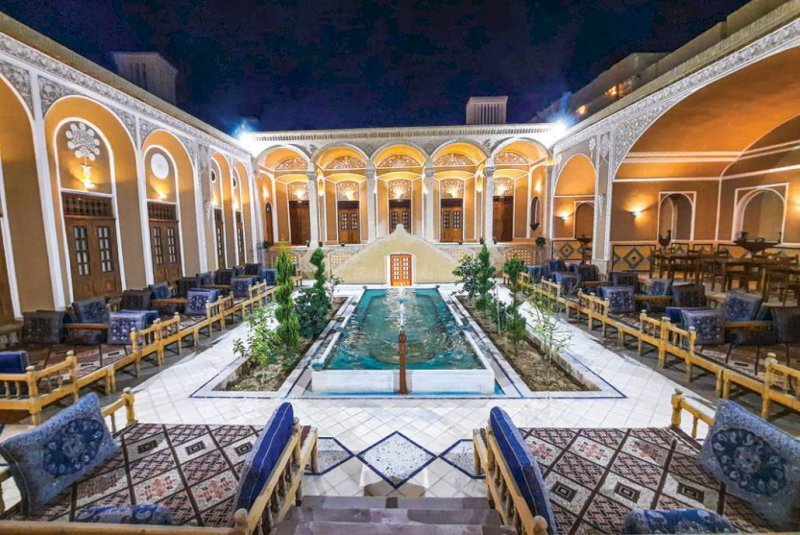39 tourism projects ready for inauguration in Yazd

TEHRAN – A total of 39 tourism-related projects are scheduled to come on stream in the central province of Yazd, the deputy provincial tourism chief has said.
The projects will be inaugurated to mark the 44th anniversary of the victory of the Islamic Revolution, which is known as the Ten-Day Fajr celebrations (this year from February 1 to 11), CHTN quoted Mohammad Mirshamsi as saying on Monday.
The projects include eco-lodge units, traditional accommodation centers, tourist complexes, and hydrotherapy centers as well as handicrafts workshops, the official added.
A budget of 3.5 trillion rials ($8.7 million) has been allocated to the projects, he noted.
The mentioned projects are expected to generate over 260 job opportunities for the locals after being inaugurated, he stated.
The projects will come on stream in different cities across the province including Bafq, Taft, Meybod and Mehriz, he said.
In July 2017, the historical structure of the city of Yazd was named a UNESCO World Heritage. Wedged between the northern Dasht-e Kavir and the southern Dasht-e Lut on a flat plain, the oasis city enjoys a very harmonious public-religious architecture that dates from different eras.
Yazd is usually referred to as a delightful place to stay, or a “don't miss” destination by almost all of its visitors. It teems with mud-brick houses that are equipped with innovative badgirs (wind catchers), atmospheric alleyways, and many Islamic and Iranian monuments that shape its eye-catching city landscape.
It is a living testimony to the intelligent use of limited available resources in the desert for survival. Water is brought to the city by the qanat system. Each district of the city is built on a qanat and has a communal center.
Buildings are built of earth. The use of earth in buildings includes walls and roofs through the construction of vaults and domes. Houses are built with courtyards below ground level, serving underground areas. Wind catchers, courtyards, and thick earthen walls create a pleasant microclimate.
Partially covered alleyways, together with streets, public squares, and courtyards, contribute to a pleasant urban quality. The city escaped the modernization trends that destroyed many traditional earthen cities.
It survives today with its traditional districts, the qanat system, traditional houses, bazaars, hammams, water cisterns, mosques, synagogues, Zoroastrian temples, and the historic garden of Dolat-Abad. The city enjoys the peaceful coexistence of three religions: Islam, Judaism, and Zoroastrianism.
ABU/AM
Leave a Comment